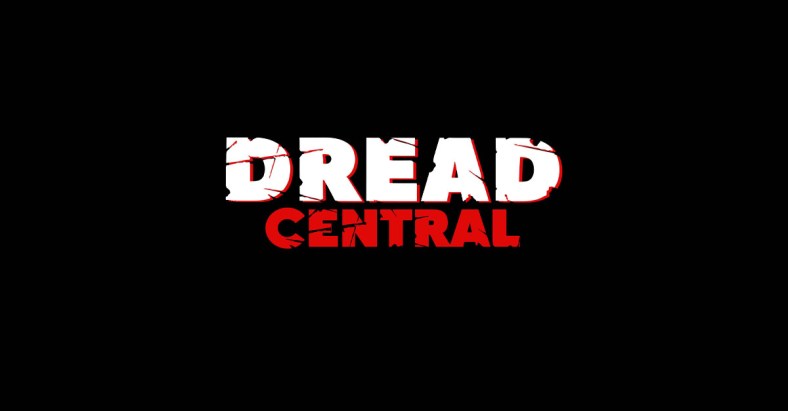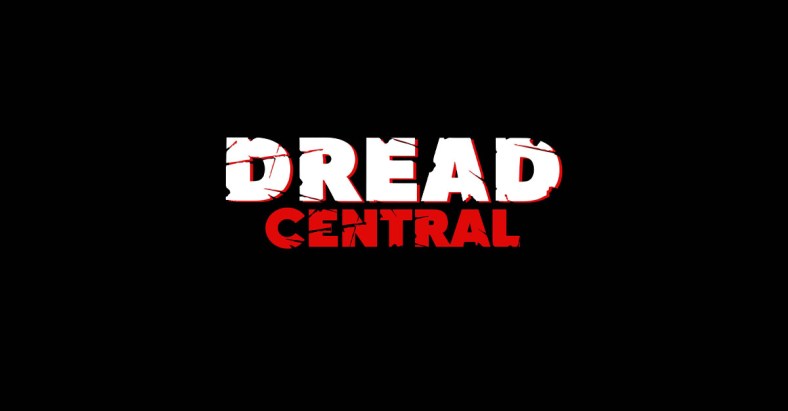Halloween 4: The Return of Michael Myers Is an Undervalued Sequel

As a Halloween fan – heck, as a horror fan – I was as excited as everyone else upon hearing last week’s announcement that we’re getting another dose of Michael Myers and his iconic mask. That excitement increased further upon the realization that in David Gordon Green (director) and Danny McBride (writer), we have a few genuinely interesting choices, who may well work in providing fans with something both familiar and fresh. And of course, John Carpenter giving his blessing whilst being involved as executive producer (perhaps even doing the music) fills one with even more hope.
McBride then confirmed that their film will be a sequel that follows the mythology set up in the first two franchise entries. On its own merit, that’s no bad thing. I believe, as many do, that the first two Halloween movies represent the series’ finest hours. It will be fascinating to see where these new voices take the story from such a strong starting point.
But this has also inspired me to briefly discuss one of the other sequels – Halloween 4: The Return of Michael Myers (Dwight H. Little, 1988), both released and set ten years after the original. Upon revisiting said film in light of last week’s events, I discovered that the opinion I have held for a long time has not shifted one bit. Halloween 4 is a strong sequel, horror film and Halloween movie.

It also represents what would have been a fine end point to the story, coming full circle in a meaningful way. Therein lies the problem, however, as the flick sets up the events of the two disappointing sequels that followed. As such, it is intrinsically tied to those. For that reason alone, I have no problem with any new movies ignoring 4 onwards altogether – but I do believe it deserves praise for what it is.
We begin with the revelation that the events at the end of Halloween II (Rick Rosenthal, 1981) saw Myers in a coma for the following ten years. Seeing The Shape confined to a hospital bed, covered almost entirely in bandages but for his burnt hands (an effectively brutal recurring image throughout), is oddly humanizing for a character whom Dr. Loomis (Donald Pleasence) so often reminds us is anything but.
After the inevitable escape via murder, Myers returns to Haddonfield on Halloween night to hunt down Jamie Lloyd (Danielle Harris), his own niece and daughter of Laurie Strode. That setup reveals Halloween 4‘s best trait – the cyclical nature of the story. It’s what makes it work as a potential full stop to the tale of Michael Myers. We have Rachel Carruthers (Ellie Cornell) as our figurative Laurie, young and naive but resourceful and resilient come the film’s end. Then there’s Dr. Sam Loomis, played as ever with great verve by the late Donald Pleasence. After 10 years, Loomis is more world weary than ever – and he has the scars to prove it. But his resolve in keeping track of the ‘evil’ that is Michael Myers is as strong as it’s ever been.
Ultimately, however, this movie is about Jamie Lloyd, portrayed memorably by child actor Danielle Harris. Jamie is haunted by visions of her uncle and taunted for being related to ‘the boogeyman’. She sees him in mirrors, under her bed and whilst shopping for Halloween costumes. In a chilling piece of foreshadowing, Jamie picks a clown costume exactly like Michael’s from that fateful night 25 years earlier. It’s the power of familial connection and myth in one.
Michael Myers is no myth, though, and as the fourth installment rolls on with the franchise’s typically effective deliberate pacing and evocative small-town setting, the master plan becomes clearer but still manages to land with a bang in the closing moments.
Myers is more a force of nature than ever, something still left as a delicious mystery here before being explained in the most overt and odd manner in following sequels. As he kills with knives, shotguns, electric currents and his bare hands, the central goal remains clear – Jamie. She seems more switched on and aware of the magnitude of the threat than most adult characters.
The final few minutes reveal everything Halloween 4 and Michael Myers had been working towards. Myers goes down in a hail of bullets, seemingly falling into the depths of hell itself as the floor collapses beneath him. Cut back to the house, and we see a familiar sight: a small child, a mask, a clown costume and a murder. Jamie inexplicably butchers another human being, just as her uncle did a quarter of a century beforehand. Loomis screams in sheer terror as the circle of brutality is complete, and as ever he is helpless to prevent it. It’s a great moment – tragic, theatrical, almost Shakespearean.

Did Jamie snap after what she’d seen? Or does the Myers family line have some sort of twisted hereditary disease, shaping innocent children into killing machines? Did Myers deliberately drive her to it, the purpose of his reemergence revealed? The answer is not important – it’s the presence of the question that makes this ending so powerful and effective as a potential final chapter in the story of Michael Myers, of Haddonfield and of Halloween.
But it wasn’t the end, and that’s fine. While it retconned everything from this movie onwards, Halloween H20 (Steve Miner, 1998) may not have existed had the sequels following this film never been made. That would’ve been a shame, as I remain a big fan of H20. And while I’m no Rob Zombie fan, I at least respect him for having his own vision and sticking to it. The greatest stories are always retold, reimagined or continued over time.
I look forward to next year’s Halloween reboot with bated breath, as all the signs are very positive and I have faith in the people involved to make a Halloween film fans will love. Until then, I’m going to enjoy my holy trilogy of Halloween, Halloween II and Halloween 4: The Return of Michael Myers. Who wants to join me?

Categorized:Editorials News Retrospectives

